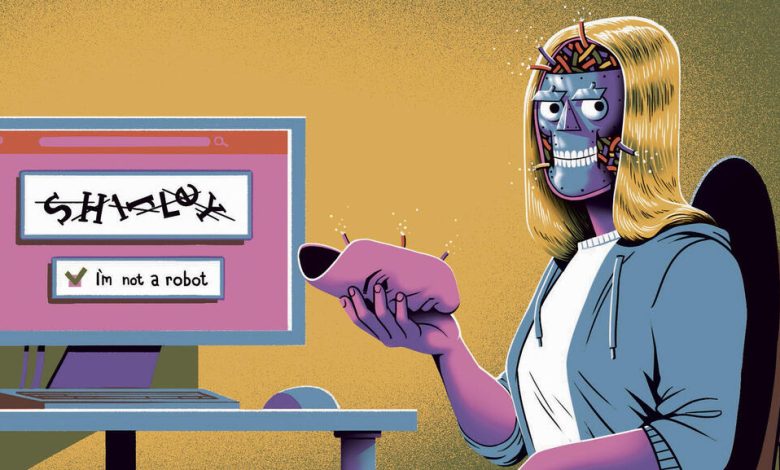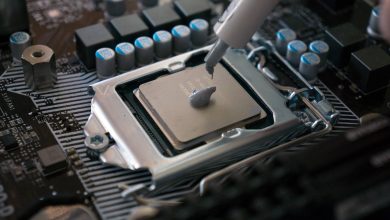How does a CAPTCHA know that I’m not a robot?

How Does a CAPTCHA Know That I’m Not a Robot?
CAPTCHAs are everywhere online. They help websites distinguish humans from bots. But how do they work? Understanding their methods is key to knowing how they protect us.
What Is a CAPTCHA?
A CAPTCHA stands for “Completely Automated Public Turing test to tell Computers and Humans Apart.” It’s a security tool used by websites. Its main purpose is to block automated bots. Bots can cause harm by spamming or breaching security.
Why Are CAPTCHAs Important?
Bots are becoming more sophisticated. They can mimic human behavior in many ways. Without CAPTCHAs, websites become vulnerable. CAPTCHAs act as a first line of defense. They ensure that only humans access certain features.

How CAPTCHAs Identify Humans
CAPTCHAs analyze your interactions. They test for behaviors unique to humans. Here are the main ways they work:
- Recognizing Behavioral Patterns
- Humans have natural, varied behaviors.
- Bots are precise and predictable.
- CAPTCHAs track how you move your mouse.
- They also monitor typing speeds and click patterns.
- Presenting Complex Challenges
- CAPTCHAs use tasks that are easy for humans.
- For bots, these tasks are difficult to process.
- Examples include identifying objects in images or solving puzzles.
- Analyzing Input Accuracy
- Humans often make small mistakes when typing.
- Bots enter data perfectly.
- CAPTCHAs can detect the difference.
Types of CAPTCHA Tests
There are several types of CAPTCHAs. Each has its own method for identifying humans.
- Text-Based CAPTCHAs
- These display distorted text.
- You must type the text into a box.
- Humans excel at recognizing distorted characters.
- Image-Based CAPTCHAs
- These show multiple images.
- You’re asked to identify objects, like cars or traffic lights.
- Bots struggle to interpret visual data.
- Checkbox CAPTCHAs (reCAPTCHA v2)
- A simple checkbox labeled “I’m not a robot.”
- CAPTCHAs analyze your mouse movements.
- Humans display slight hesitations and natural motion.
- Invisible reCAPTCHA
- You may not see any challenge at all.
- CAPTCHAs monitor your actions on the website.
- They detect whether your behavior matches human patterns.
- Math-Based CAPTCHAs
- These require solving a simple math problem.
- Humans can easily solve these equations.
- Bots lack the reasoning to solve them effectively.
Advanced Techniques Used by CAPTCHAs
Modern CAPTCHAs rely on advanced methods. These help make them more effective against bots.
- Machine Learning Analysis
- CAPTCHAs use AI to understand user behavior.
- AI can differentiate between human-like bots and actual humans.
- Tracking Cookies
- CAPTCHAs analyze your browser’s history.
- A long history indicates human use.
- Bots often lack browsing data.
- Time-Based Interaction
- Humans take time to read and respond.
- Bots can complete tasks instantly.
- CAPTCHAs measure response times to confirm humanity.
Challenges Faced by CAPTCHAs
CAPTCHAs are not foolproof. Bots are evolving to bypass them. Here are some common issues:
- Accessibility Problems
- Some CAPTCHAs are hard for humans too.
- Users with disabilities may struggle to complete them.
- Bot Advancements
- Bots use AI to mimic human behavior.
- They can solve some CAPTCHAs with high accuracy.
- User Frustration
- Complex CAPTCHAs annoy users.
- Websites must balance security with user experience.
How to Improve CAPTCHA Accuracy
- Use Multi-Layered Verification
- Combine CAPTCHAs with other security tools.
- Examples include two-factor authentication or biometrics.
- Simplify User Challenges
- Use invisible or checkbox CAPTCHAs.
- These reduce user frustration while maintaining security.
- Update Regularly
- New bots require new defenses.
- Keep CAPTCHA systems updated with the latest technology.

Benefits of CAPTCHAs
CAPTCHAs provide essential benefits. They:
- Protect websites from spam.
- Secure sensitive data.
- Reduce fraud risks.
- Enhance overall online safety.
Future of CAPTCHAs
CAPTCHAs will continue to evolve. AI will play a bigger role in their development. Future systems may use voice recognition or fingerprint scans. These methods will make it harder for bots to bypass security.
Conclusion
CAPTCHAs protect us from bots. They analyze behavior, present challenges, and use AI. While not perfect, they are essential for online security. Understanding how they work helps us appreciate their role.




